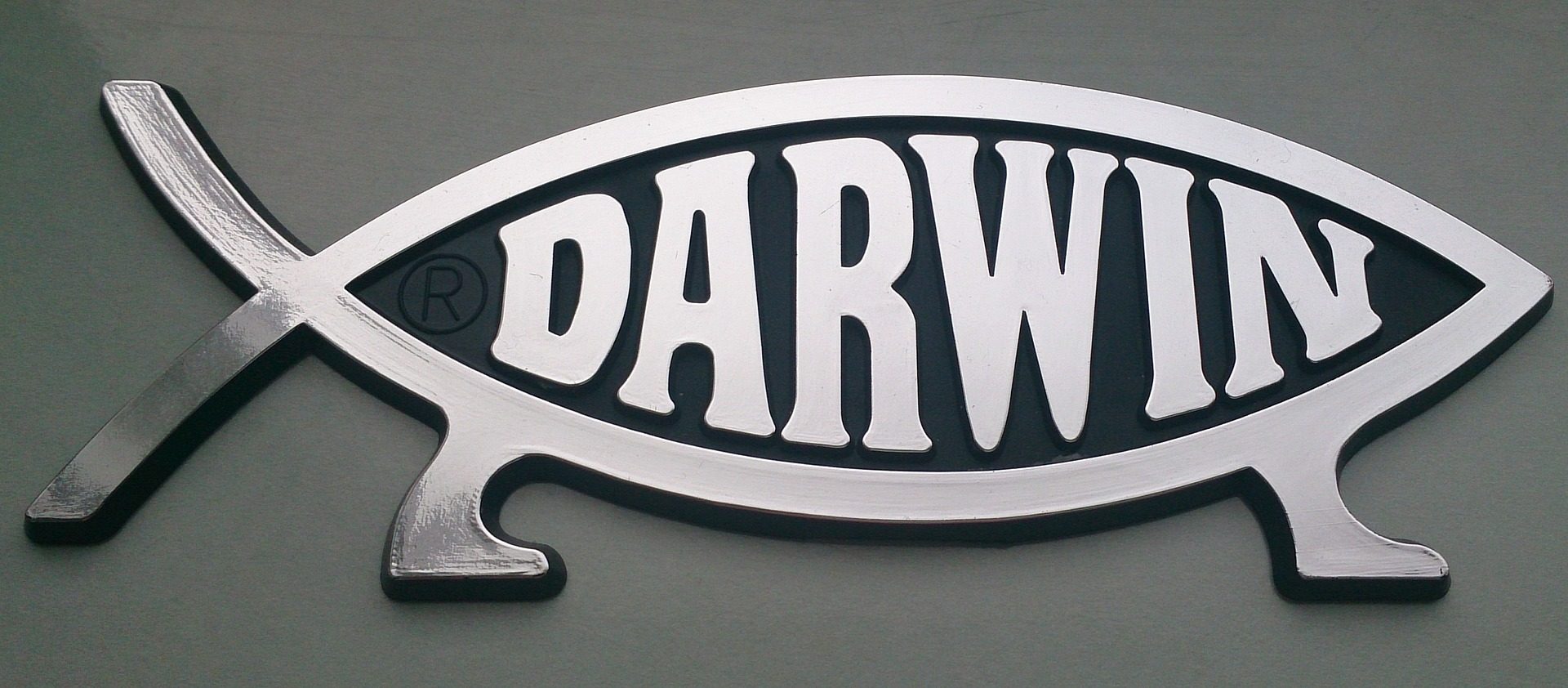

Do we care about what is true? Are we willing to change our minds when we encounter evidence that contradicts a long held belief? If we are people with intellectual integrity, we must allow the truth of the evidence to shape our ideas and beliefs.
I recently read the fascinating story of Dr. Michael Egnor, a leading neurosurgeon in our country. After years of rigorous scientific training, he believed that a modern scientific worldview was incompatible with any form of belief in God. He came to regard Christianity as an inspiring set of mythological moral tales that were spiritually uplifting but not true.
In his view, science had decisively disproved all theistic claims. He says: “As a science major in college, I was steeped in Darwinian evolution, which seemed to demonstrate that life could be explained perfectly well by material mechanisms alone. There was no reason to invoke God.” He believed that Darwin’s theory seemed to have discredited the classic argument of design.
Over the years, Egnor rose to the top of his field. He was appointed professor and vice president of neurosurgery at State University of New York, Stony Brook and became an award-winning brain surgeon, named one of New York’s best doctors by New York Magazine. One of his specialties is the treatment of hydrocephalus (“water on the brain”) and while developing a theory of blood flow to the brain, his research took a surprising turn. He realized the cranial system he was studying was like an ingeniously designed gadget. The filter that protects the delicate capillaries from the pulsating force of the heartbeat “is a finely tuned mechanism analogous to vibration dampers widely used in engineering. In fact, most of what I needed to know was not in biology textbooks but in engineering textbooks.”
And what engineers do, of course, is design things.
Eventually Egnor realized that virtually all biological research operates on the presumption of design. For example, a standard procedure in biology is called “reverse engineering” which is modeled on the kind of thinking you would do if you came across a widget and did not know how it functioned. You would take it apart piece by piece, working backward to reproduce the engineer’s thought process when he originally designed it. That’s exactly the kind of analysis that biologists do in the laboratory. They take apart molecules like proteins or genes, asking what each part does and how they interact to achieve their function.
In essence, biologists operate on the basis of design all the time – in practice at least – regardless of which theory they hold. In Dr. Egnor’s work in the lab as a medical researcher, he recognized a real contradiction. He says, “I was surprised at how little the Darwinian paradigm contributed to my work. By contrast, the design paradigm aligned nicely with the most important aspects of my research.” Eventually he had to make a decision. When theory and facts contradict one another, which would he follow?
Egnor finally realized that if he were to follow the facts wherever they lead, he would have to accept Christianity. And having a scientist’s respect for facts, that’s what he did. Immediately he discovered a new sense of unity and wholeness. The biblical God proved to be a sufficient integration point to unify all areas of his life, both professional and personal. Christianity is a worldview conceptually rich enough to account for all human experience.
Dr. Michael Egnor will tell you that he found the truth because he followed the evidence, regardless of where it might lead. Ironically, it was science itself that showed him how mistaken he was.
(The source of this story was Nancy Pearcey’s book Finding Truth.)
Add grace and understanding to your day with words from Richard E. Simmons III in your inbox. Sign-up for weekly email with the latest blog post, podcast, and quote.

For local orders in the Birmingham, AL area, enter Promo Code LOCAL at checkout to save shipping. We will email you when your order is ready for pickup.
Bulk discounts for 25 or more books! Call 205-789-3471 for prices.